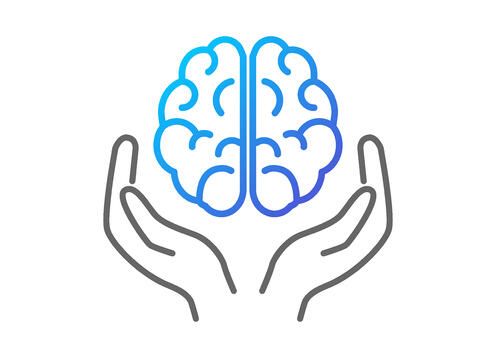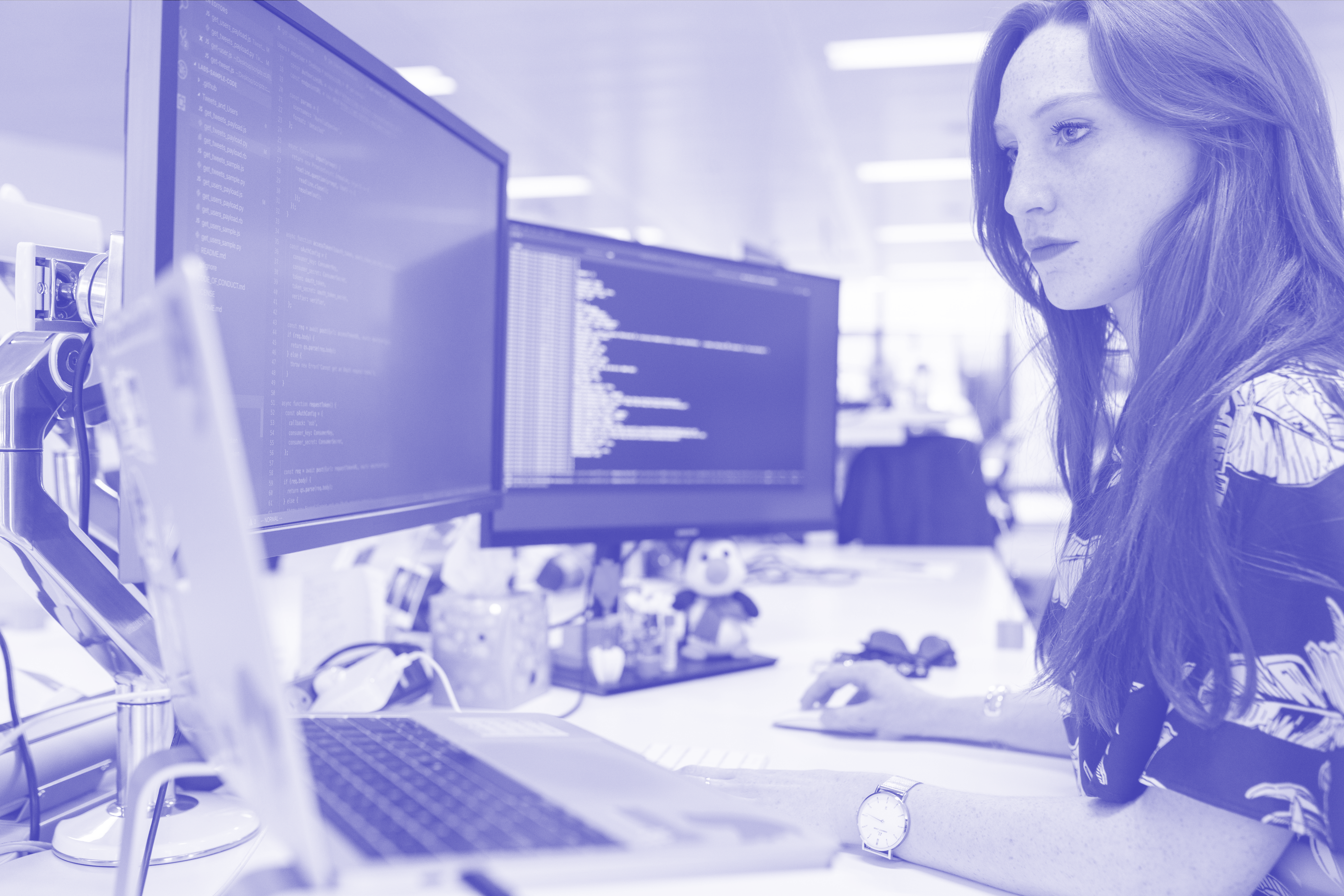- New system implementations can introduce risks of cost and schedule overruns that disrupt operations while still leaving value on the table.
- Legacy system modernization is an opportunity to maximize the return on your existing technology investments, enhance operational efficiency, and introduce cost-savings so your business can be ready for future growth and innovation.
- With the right approach, legacy system modernization can be more effective and less disruptive to operations while still identifying ways to integrate new technologies and tools.
In the world of technology and application development, it’s easy to be lured in by the idea of a new system or tool that promises new levels of efficiency and productivity.
But when it comes time to develop an implementation plan for the new system and consider the downline operational impacts, these visions of grandeur are often replaced with a heavy dose of reality. Sadly, the tales of cost overruns, schedule slippages, features left undelivered, and value left on the table are common regardless of industry.
These reasons are why organizations should be looking for innovative ways to maximize their existing systems. By tapping into underutilized modules and reengineering key components, old systems can produce new results and deliver new operational value.
But when taking a critical look at your existing systems and developing an approach to implement enhancements, it can be difficult to know where to start.
That’s why the Focused Labs team put together a list of the key elements your organization should be considering and some of our top tips to help make the modernization process smoother and sustainable.
Getting More Out of Your Legacy Systems: What You Need to Know
Like the term “digitization,” the definition of “modernization” has evolved over time and can mean different things to different people.
In our view, modernization is the structured process of updating, improving, and transforming existing legacy systems into more efficient, scalable, and technological solutions. Whether inspired by functionality seen elsewhere, new coding and development practices, or opportunities to maximize existing capabilities, modernization can also mean getting more out of your legacy systems.
Enhancing your legacy systems can also be driven by some of the other common challenges associated with legacy systems, such as:
- Difficulty incorporating new features or integrating with modern technologies.
- Challenges in hiring and retaining staff to support operations and maintenance.
- Increasingly time-consuming and costly maintenance.
- Legacy systems that might lack up-to-date security features.
Whatever the drivers, modernization that integrates new technologies can be just as powerful as implementing a new system. This form of modernization allows organizations to experience:
- Cost savings
- Enhanced performance
- Limited disruptions to business operations
- Maximized ROI of existing systems
The lure of having a “fresh start” following a complete process redesign or system overhaul of a core business application or portion of your enterprise architecture can be tempting.
But it’s not that simple; conducting such a dramatic cut-over without considering ways to better leverage your legacy systems can mean losing out on several key business benefits.
Some of the most notable include:
How to Approach a Legacy System Modernization
With this new perspective, legacy system modernization isn’t a process with a singular defined end.
Instead, it is a cyclical process that is constantly evaluating the business environment, identifying opportunities to improve core legacy systems, and taking deliberate steps to enhance the effectiveness of the underlying architecture and identifying ways to integrate new technologies and tools.
Here’s how to get that modernization momentum started:
- Define clear goals and objectives: Clearly articulate the purpose of modernization, such as improving performance, reducing operational costs, eliminating operational friction, integrating new innovations, or enhancing user experience. Having well-defined goals will guide decision-making throughout the modernization journey and help team members to think creatively about how legacy systems can be enhanced.
- Identify a roadmap, priorities, and timeline: Develop a comprehensive roadmap that outlines the sequence of which systems or features will be evaluated. This prioritization can be because of business drivers, potential impact on operations, or opportunities to streamline services for internal or external customers.
- Evaluate the current state and health of the legacy systems: Conduct a thorough assessment of your existing systems, including their underlying architecture, dependencies, and limitations. This assessment will serve as a foundation for making informed decisions about what each effort will entail from a technical and functional perspective.
- Work with stakeholders to identify pain points: Engage with stakeholders from various departments to gather insights into the pain points, bottlenecks, and challenges they face due to the legacy systems. Their input will help to focus on areas that deliver the most immediate value.
- Select the right approach: Consider different modernization approaches—replatforming, rearchitecting, or rebuilding—and choose the one that aligns with your business needs and available resources. Each approach has its own trade-offs in terms of cost, time, and impact on ongoing operations.
- Evaluate existing data management practices: Assess how data is currently managed within the legacy systems and identify areas where data quality, security, and accessibility can be improved. Consider how the integration of modern data management tools and practices can be used to ensure a smoother data flow.
- Identify specific opportunities to update and enhance technologies: Research and identify newer technologies, functionality, and best practices that can enhance your system's capabilities. Then run pilots, tests, and demos to see if those enhancements deliver the value expected.
Insider Tips to Maximize Your Legacy System Modernization
Want to take your organization’s legacy system modernization initiative to the next level? Then lean into these insider tips straight from the Focused Labs team:
- Stakeholder communication and engagement: Keep stakeholders included, informed, and updated at every stage of the modernization process. This regular communication about the benefits, progress, and challenges can help to maintain their trust, support, and alignment.
- Use an incremental approach: Break the modernization into smaller manageable phases, focusing on delivering value with each phase. This approach can help to accelerate results, build momentum, and enable your organization to address critical needs faster.
- Leverage a skilled team: Lean on a team with expertise in legacy system modernization techniques; Their knowledge will accelerate the process and implementation.
Bringing It All Together
Taking on a legacy system modernization is an opportunity to not only maximize the return on your existing technology investments, enhance your organization's operational efficiency, and streamline processes, but also to introduce the cost-savings and agility your business needs to be ready for future growth and innovation.
Want to learn even more about how your team can weave modern innovations into your legacy systems? Then make sure to subscribe to the Focused Labs blog and get these insights delivered straight to your inbox.
Subscribe to the Focused Labs blog


![[Video] How Queer Eye helped me be a better consultant](https://focusedlabs.io/hubfs/FocusedLabs_November_2022/Images/9de38ec39718aab7d15ee1aa13e347c43a29f390-1000x420.jpg)




